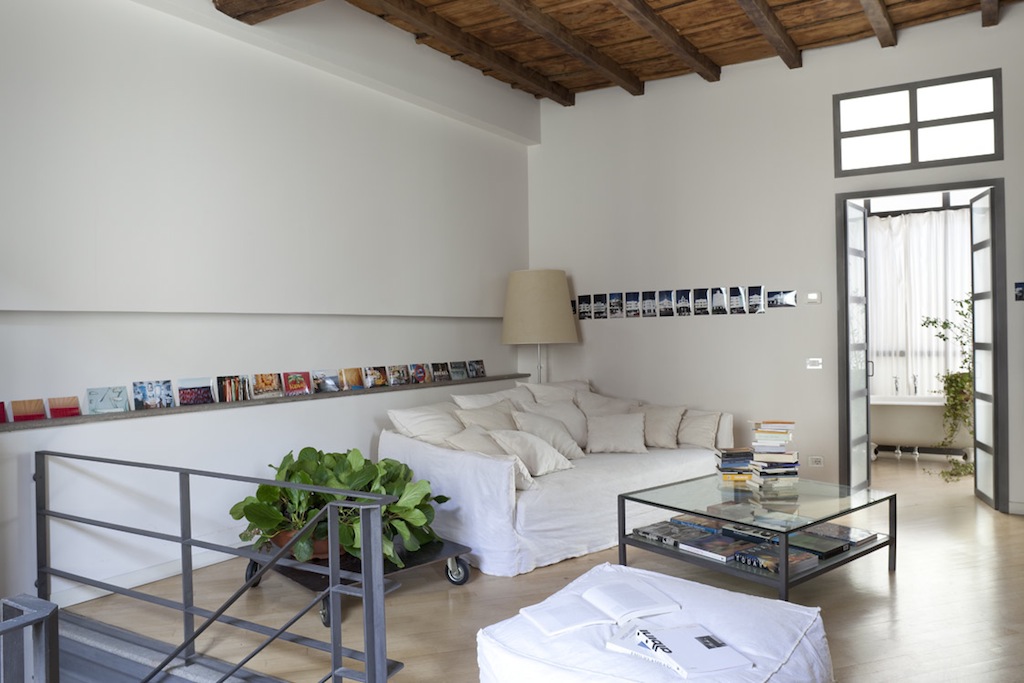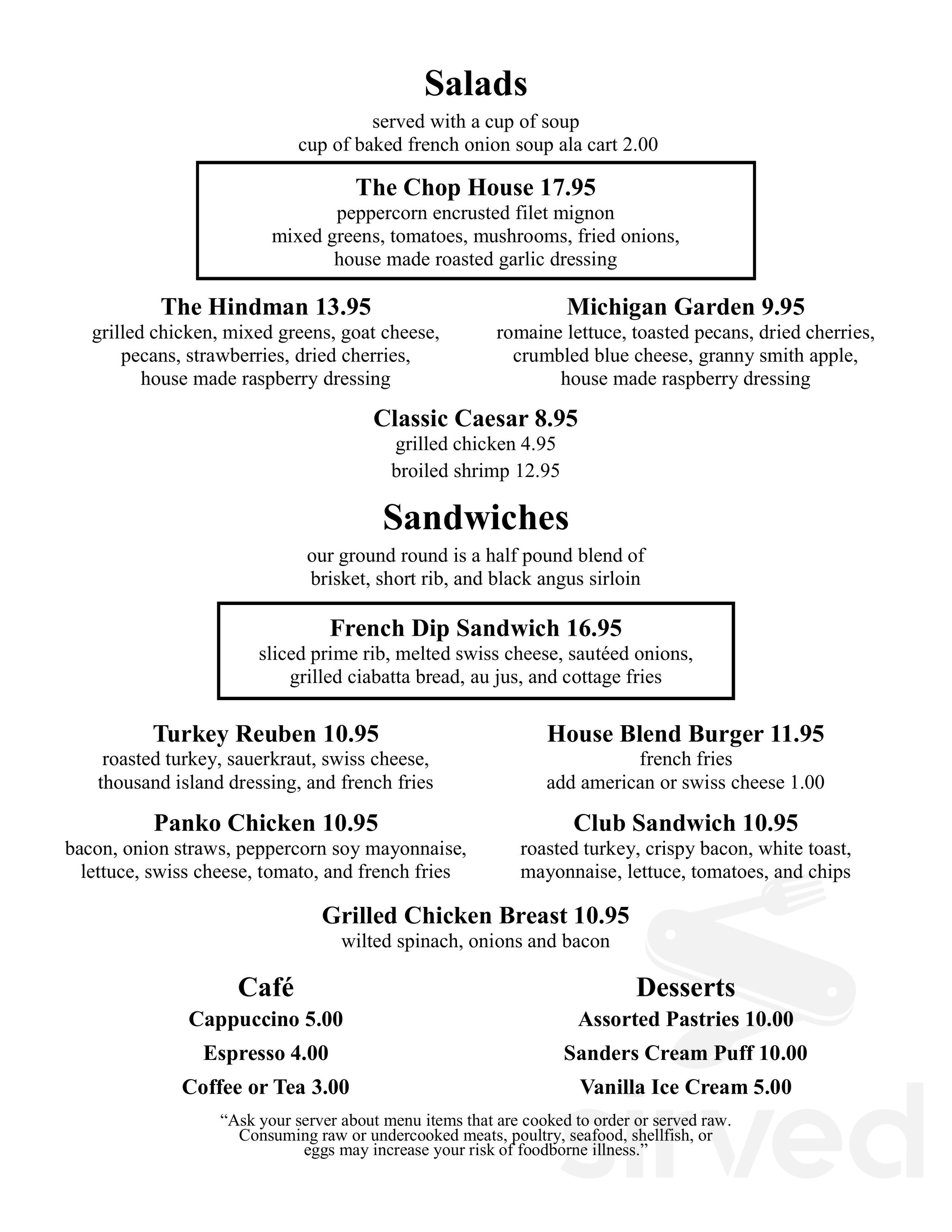Table Of Content
Upon his return to Rome, he devoted himself to religion and to the practice of an austere asceticism. He even begged permission of the pope to resign the cardinalate and to enter the Jesuit Order, but this was refused. Nevertheless, the pious cardinal always remained closely united to the Jesuits. His successor raised Benedict XIII's nephew, Prince Beroaldo Orsini, to the dignity of Prince Assistants to the Papal Throne (title held until 1958), after the emperor Charles VI had already, in 1724, made him a prince of the Holy Roman Empire. After the heirless death of Duke Michele Antonio (January 26, 1627), his lands passed to his cousin Pietro Orsini, count of Muro Lucano (died 1641). The latter's nephew Pier Francesco, who had renounced the succession in favour of his brother Domenico to become a Dominican, was later elected pope with the name of Benedict XIII.

Bracciano line
Under his son Giovan Francesco (died May 8, 1567) the county entered the orbit of the Grand Duke of Tuscany. Later, the attempt of Alessandro (died February 9, 1604) to obtain the title of Monterotondo was thwarted by Pope Gregory XIII. His son Giannantonio (March 25, 1569 – 1613) sold Pitigliano to Tuscany, in exchange for the marquisate of Monte San Savino. According to their own family legend, the Orsini are descended from the Julio-Claudian dynasty of ancient Rome. The Orsini carried on a political feud with the Colonna family for centuries in Rome,[4] until it was stopped by Papal Bull in 1511.
Cardinals of the Orsini family
Later, however, he went over with his army to the Venetian standard, and became general-in-chief of the Venetian Republic in the war against the League of Cambrai. He captured Padua, but was defeated in 1509, and died the following year. One of the most ancient and distinguished families of the Roman nobility, whose members often played an important rôle in the history of Italy, particularly in that of Rome and of the Papal States. When Cardinal Alessandro Farnese became Pope Paul IIIin 1534 he made his son Pier Luigi captain-general of the Church and in 1537 duke of Castro and finally in 1545 Duke of Parma and Piacenza. He was murdered in 1547, and Gerolama outlived him by 43 years, dying at the Palazzo FarnesePiacenzain 1590.[1]She was buried at the Farnese crypt at the Sanctuary of Santa Maria della Steccata, Parma.
The second southern line
Bertoldo's son, Gentile II (1250–1318), was two times Senator of Rome, podestà of Viterbo and, from 1314, Gran Giustiziere ("Great Justicer") of the Kingdom of Naples. He married Clarice Ruffo, daughter of the counts of Catanzaro, forming an alliance of the most powerful Calabrian dynasty. His son Romano (1268–1327), called Romanello, was Royal Vicar of Rome in 1326, and inherited the countship of Soana through his marriage with Anastasia de Montfort, Countess of Nola. After his death, his two sons divided his fiefs, forming the Pitigliano and the second southern line. (12) ALESSANDRO ORSINI, belonging to the ducal family of Bracciano, b. He was brought up at the court of the Grand Duke Ferdinand I of Tuscany, and in 1615 created a cardinal by Paul V. As Legate to Ravenna under Gregory XV, he distinguished himself in 1621 by his great charity on the occasion of the outbreak of a malignant pestilence.
It descends from Francesco (died 1456), a son of Count Carlo of Bracciano. Most of his fief was located in northern Lazio, but he entered in the Neapolitan orbit when in 1418 he was called by Sergianni Caracciolo to fight against the Angevine troops, which he defeated. He was made Duke of Gravina by King Alfonso, a title definitely assigned to his son Giacomo (died 1472), to which had been added the counties of Conversano, Campagna and Copertino. Two of Francesco's sons, Marino (died 1471) and Giovanni Battista (died June 8, 1476), were respectively archbishop of Taranto and Grand Master of the Knights of Rhodes.
He became papal legate, and at first worked zealously for the interests of Urban VI after the outbreak of the schism. Later, however, repelled by the impetuous procedure of the pope, he secretly left the Curia and took up his abode upon his own possessions. The new pope, Boniface IX, appointed him to important ecclesiastical offices, and he exercised great influence upon the Curia until his death. In 1629 they were created princes of the Holy Roman Empire, and in 1718 they were raised to the princely dignity at Rome. In 1724 Pietro Francesco Orsini was elected pope as Benedict XIII. This branch of the family was often involved in the baronial struggles of the Late Middle Ages Rome, at least three members of the family being elected as Senators, while others fought as condottieri.

(2) NAPOLEONE ORSINI, son of Rinaldo, a brother of Pope Nicholas III, b. In his youth he embraced the ecclesiastical state, was appointed papal chaplain by Honorius IV (1285-7), was created Cardinal Deacon of S. Adriano by Nicholas IV in May, 1288, and later, under Clement V was named archpriest of St. Peter's.
Orsini family
If you're doing research on historic members of the House of Orsini, then this list is the perfect jumping off point for finding out which notable people are included. The House of Orsini has held prominence in the world dating back many years, so it's no wonder that many people have a fascination with its members. While this is not an exact family tree, it does show a list of many popular members of the House of Orsini. (7) NICCOLO ORSINI, Count of Petigliano, was, at this time, in the service of the Anjous, military leader in the war against Naples, Sixtus IV, Siena, Florence, and Venice.
Traverse City woman charged with maintaining a drug house - UpNorthLive.com
Traverse City woman charged with maintaining a drug house.
Posted: Tue, 05 Dec 2023 08:00:00 GMT [source]
After Carlo's death, he enlarged the family's tenure with lands inherited by his wife, another Orsini from Salerno, and most of all he was amongst the favourites of Ferdinand I of Naples, who appointed him as Great Constable of Naples. Together with his cousin, the Cardinal Giovanni Battista, he was among the fiercest opponents of popes Innocent VIII and Alexander VI. In 1492 Gentile Virginio bought the county of Anguillara from Franceschetto Cybo. The Orsini are one of most important families in Italian history. At the height of their influence, in the late Middle Ages and into the Renaissance, the Orsini were crucial players in Italian politics; they were closely allied to the Medici, with whom they were tied by several high-level marriages.
(6) VIRGINIO ORSINO, Lord of Bracciano, was leader of the forces of Sixtus IV ( ) in the war against Ferrara, and victor at the battle of Campo Morto against the Neapolitans (1482). Later, however, he entered the service of Naples to oppose King Charles VIII of France ( ); in 1494, however, he took the side of the latter, and was imprisoned on this account. The development of the housing business in Rome and in the Roman cities from the 1st c.
The links with the court increased further under Sergianni Caracciolo, Joan's lover and Great Senechal. A younger brother of Giannantonio married one of Sergianni's daughters. However, the Orsini changed side when Alfonso V of Aragon started his conquest of the Kingdom of Naples. Giannantonio was awarded with the duchy of Bari, the position of Great Connestable and an appanage of 100,000 ducati. Giannantonio remained faithful to Alfonso's heir, Ferdinand I, but was killed during a revolt of nobles. Having died without legitimate sons, much of his possessions were absorbed into the Royal Chamber.

No comments:
Post a Comment